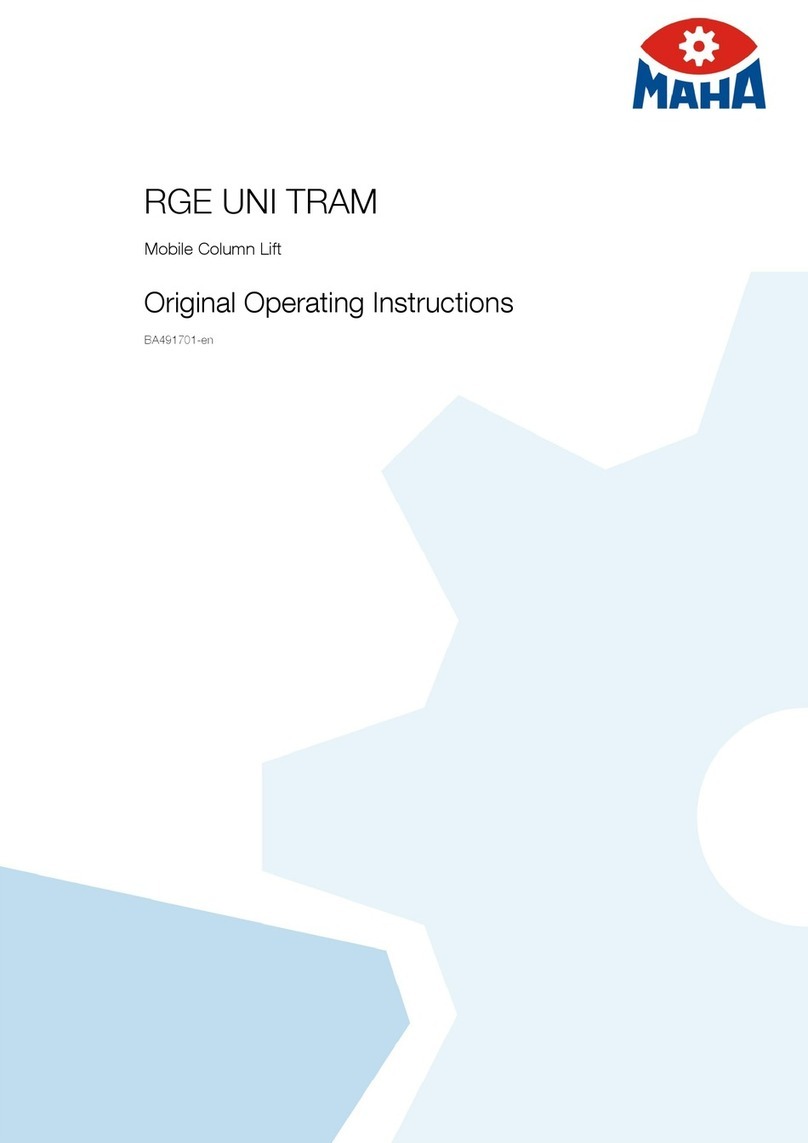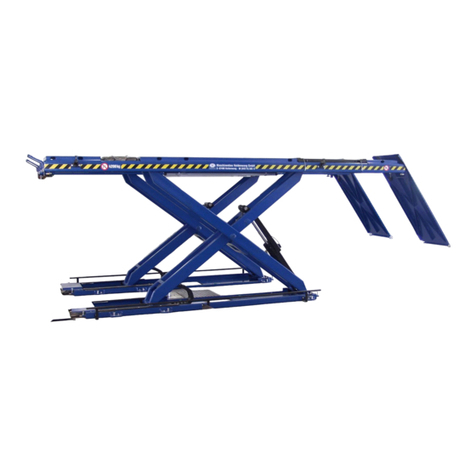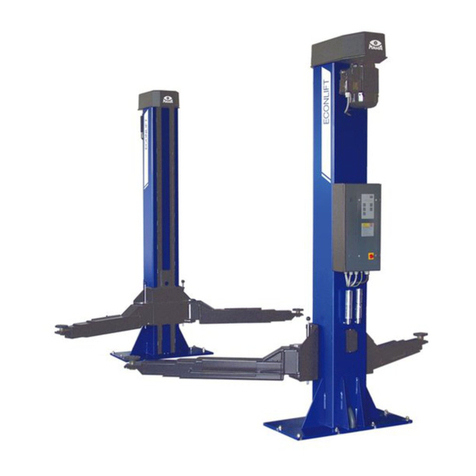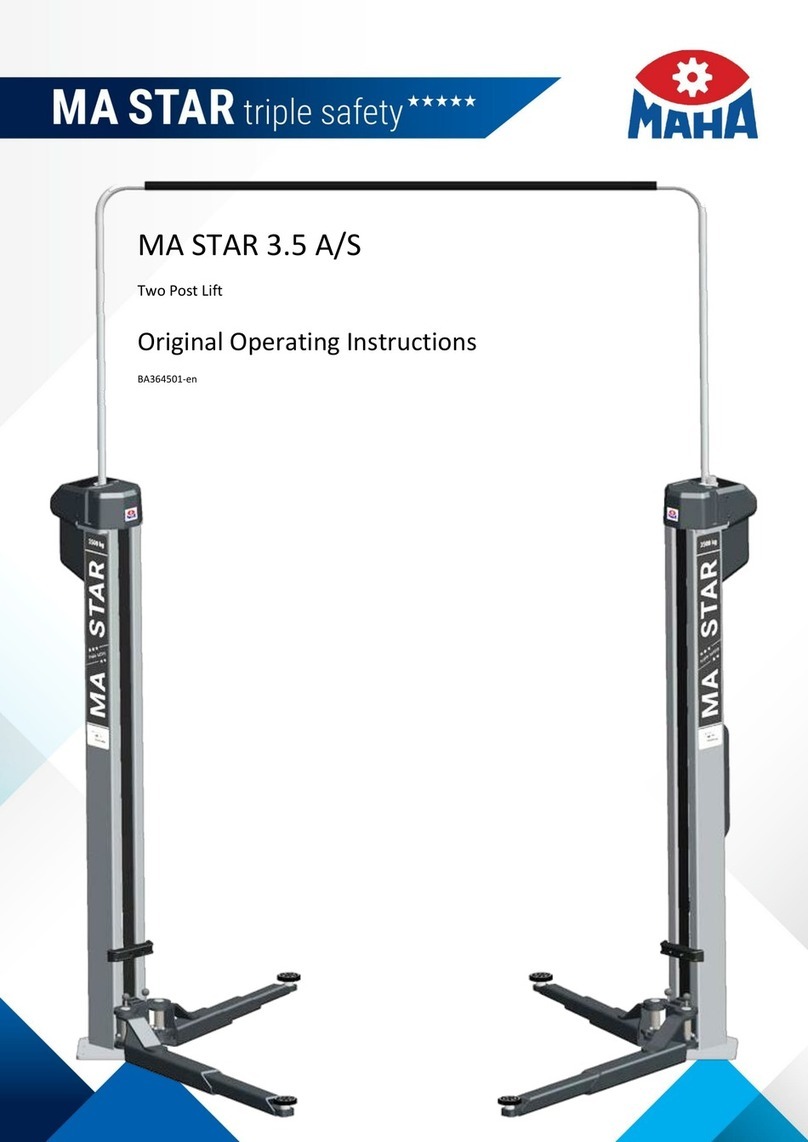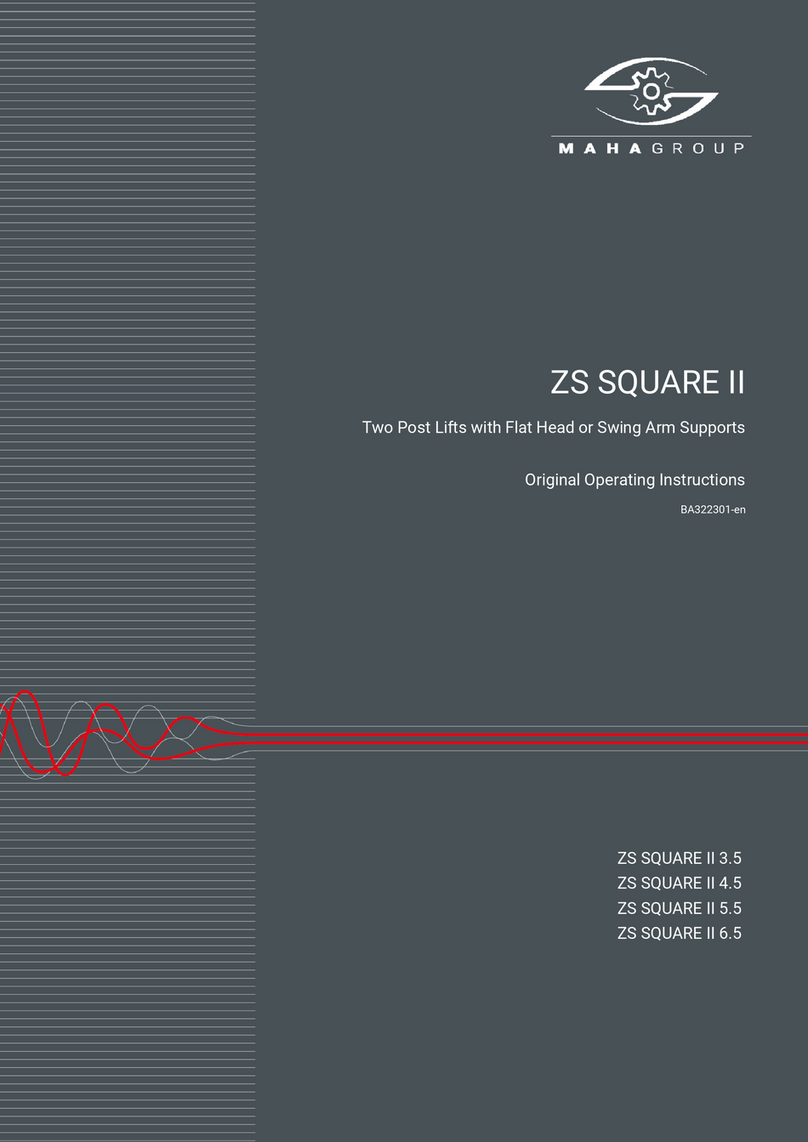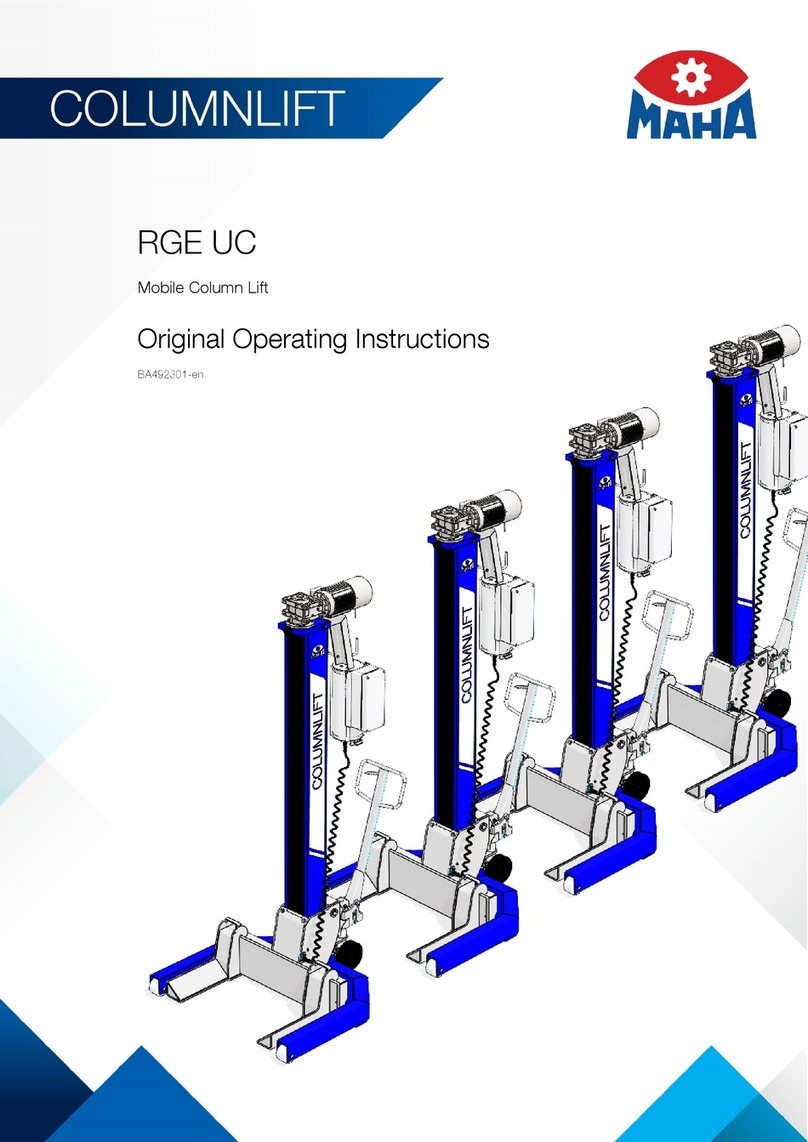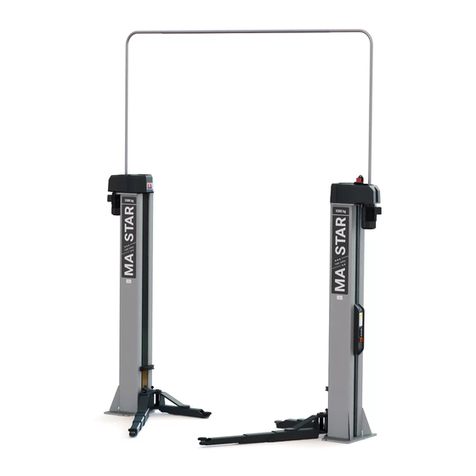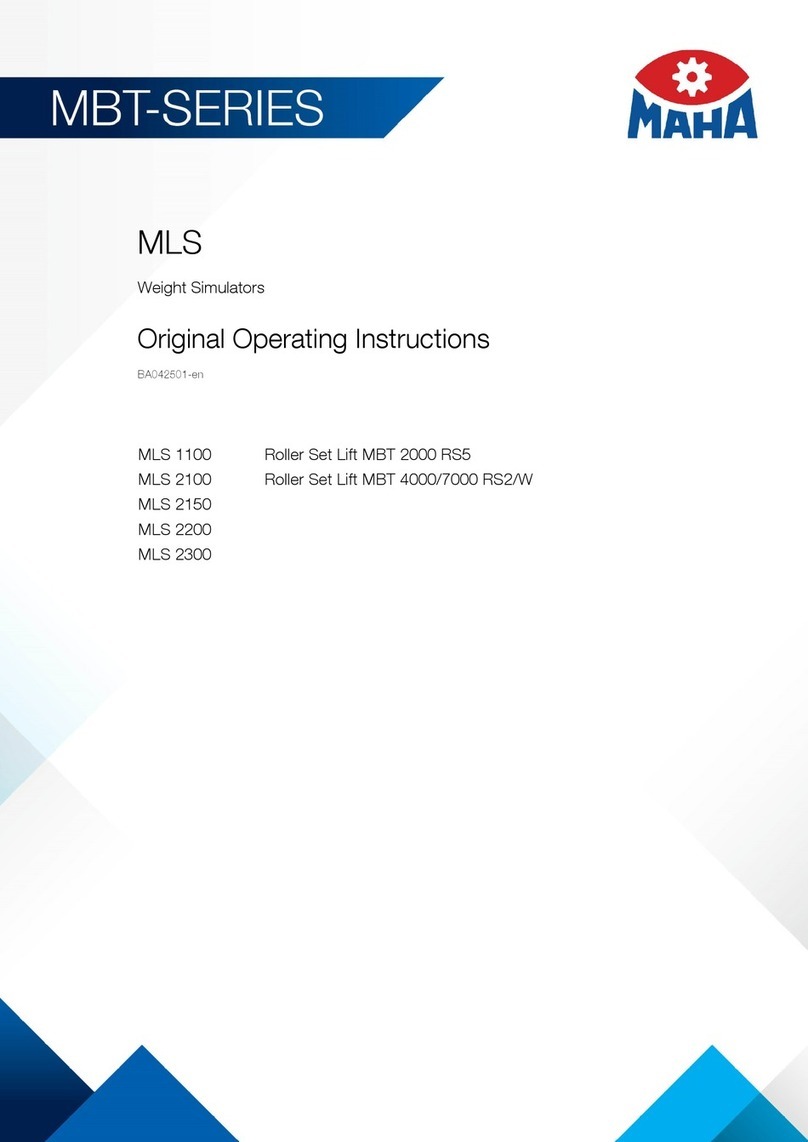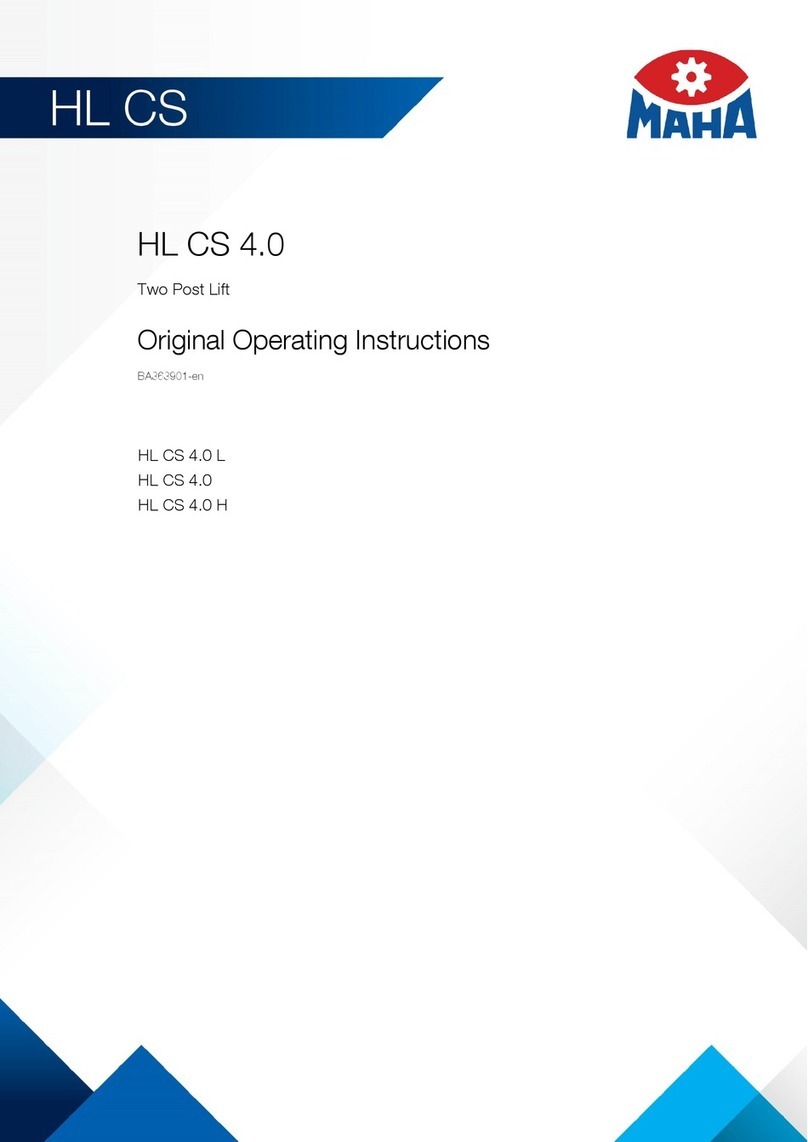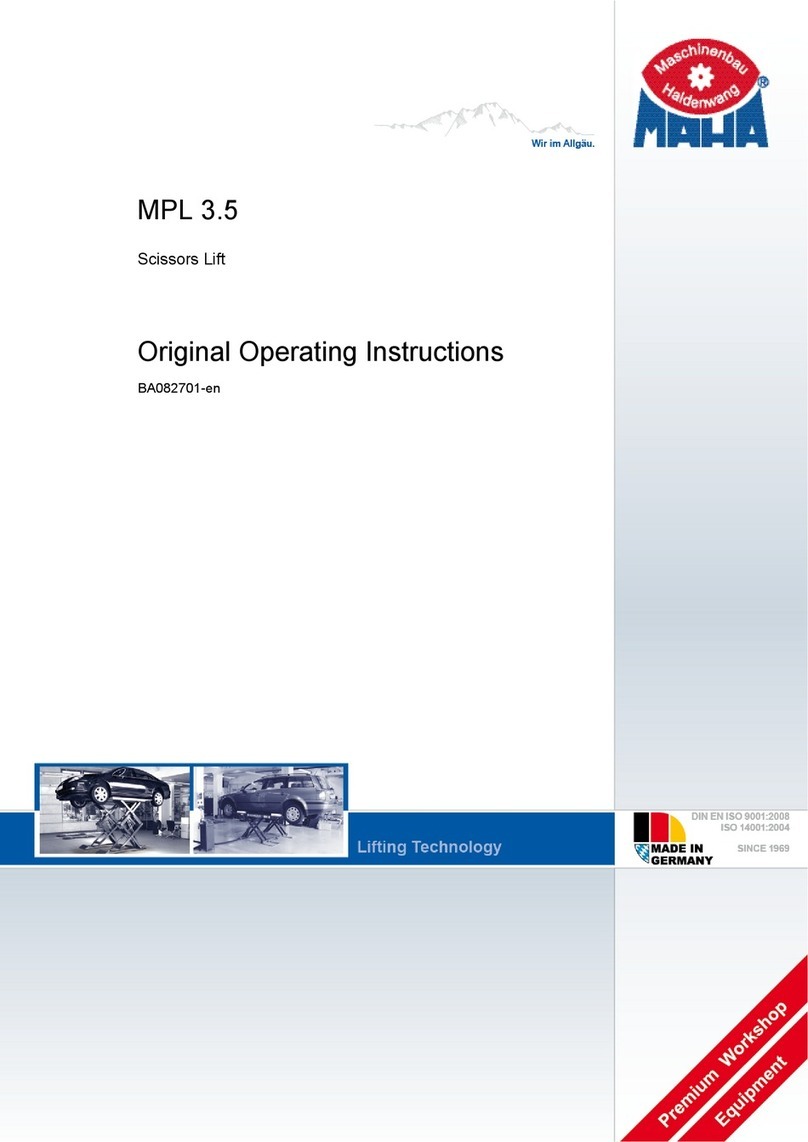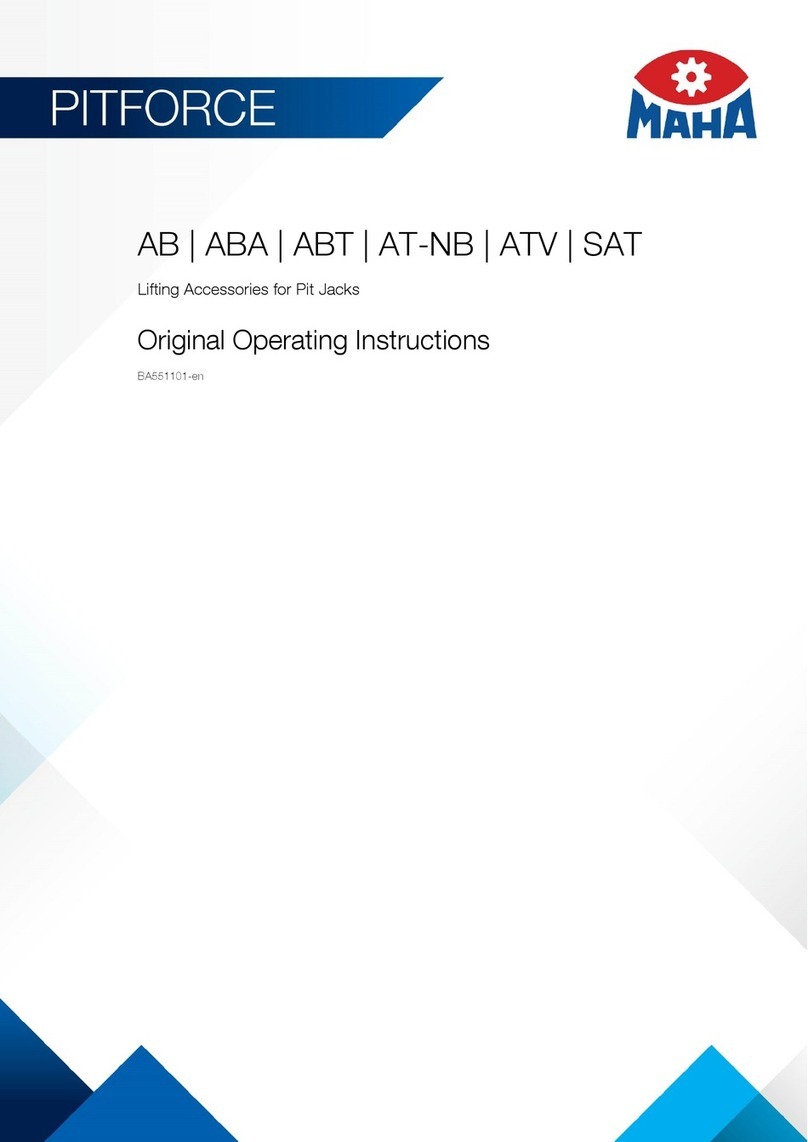
BA550401-en
Contents
1Safety .............................................................................................................................5
1.1 Symbols and Signal Words.....................................................................................................5
1.1.1 Personal Injury.......................................................................................................................5
1.1.2 Property Damage...................................................................................................................5
1.1.3 Information............................................................................................................................5
1.2 Intended Use..........................................................................................................................6
1.3 Inappropriate Use..................................................................................................................6
1.4 Requirements on Operating and Service Personnel..............................................................6
1.5 Safety Instructions for Operation ..........................................................................................7
1.6 Safety Instructions for Handling Hydraulic Fluid ...................................................................9
1.7 What to Do in the Event of Defects or Malfunctions ............................................................9
1.8 What to Do in the Event of an Accident ................................................................................9
2Description ...................................................................................................................10
2.1 Design and Operating Principle ...........................................................................................10
2.2 Compressed Air Supply........................................................................................................10
2.3 Specifications .......................................................................................................................10
2.4 Sample Nameplate...............................................................................................................11
3Transport and Storage ..................................................................................................11
4Installation and Initial Operation ..................................................................................11
4.1 Assembly of the Carriage Version up to 16.5 t....................................................................12
4.2 Assembly of the Carriage Version above 20 t......................................................................25
5Operation .....................................................................................................................27
5.1 Controls................................................................................................................................27
5.2 Raising and Lowering ...........................................................................................................28
5.3 Checking the Safety Device..................................................................................................28
5.4 General Operating Instructions for Lifting Accessories.......................................................29
6Maintenance.................................................................................................................30
6.1 Annual Inspection ................................................................................................................30
6.2 Care Instructions..................................................................................................................30
6.3 Maintenance by the Operator.............................................................................................31
6.4 Refilling with Hydraulic Fluid ...............................................................................................32
6.5 Spare Parts...........................................................................................................................32
7Service Lifetime ............................................................................................................33
8Dismantling...................................................................................................................33
9Disposal ........................................................................................................................33
